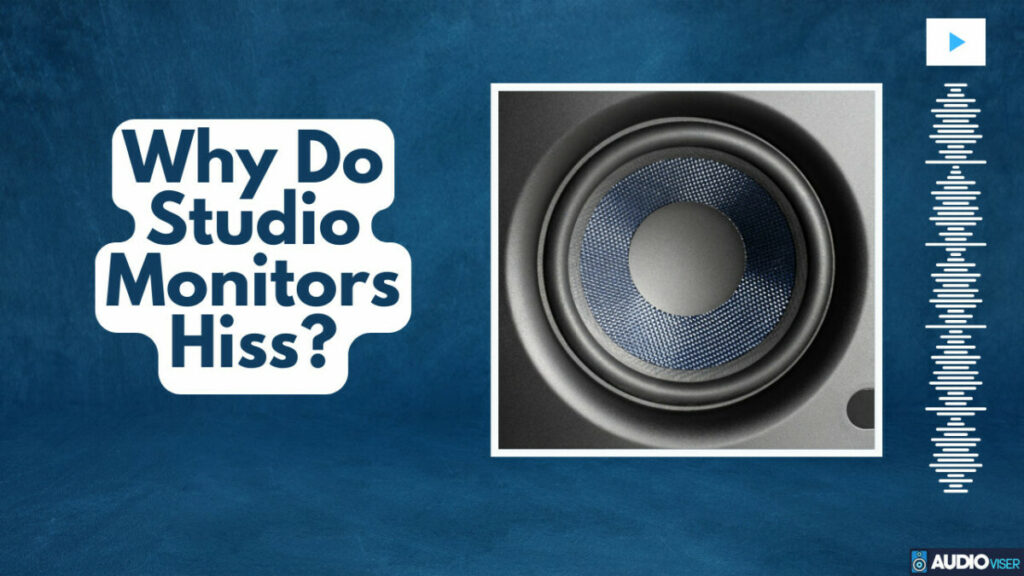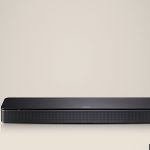Ever had that moment when your studio monitors start hissing and you’re like, ‘what on earth is going on?’ You’re not alone, mate. It’s a pretty common issue that can totally mess up your sound vibes.
Lots of folks who are into audio stuff grapple with this problem. So, in this piece, we’re gonna get into the nitty-gritty of why your studio monitors might be hissing, how it messes with your sound quality, and what you can do to nip it in the bud.
By the time we’re done, you’ll be all clued up about your gear and ready to tackle that pesky hiss head on.
Let’s get this show on the road!
Common Causes of Hissing in Studio Monitors
Hey there, so you know that irritating hissing sound coming from your studio monitors? Yeah, that’s usually caused by things like dodgy cables, wonky grounding, or cranked up gain settings. This hissing isn’t just annoying; it’s a red flag for signal interference, which can seriously mess with the quality of your sound.
Here’s a quick rundown on how to nip that hissing in the bud:
| What’s Up | What’s Going On | How to Fix It |
|---|---|---|
| Hissing | Dodgy cables | Swap in some shielded cables |
| Interference | Electronics nearby | Shift your set up away from the source |
| Distortion | Cranking the volume too high | Ease up on the volume a bit |
| Buzzing | Ground loops | Grab a ground loop isolator |
| Crackling | Bad connections | Give your connectors a check and clean |
Make sure your cables aren’t on their last legs and that they’re plugged in right. If you’re using a ground loop, just double-check that it’s set up properly. And as for those high gain settings, they can sneak in some unwanted noise, so keep tabs on them. Just a heads up, taking a few preventive measures can really help keep your sound crisp.
The Impact of Hissing on Sound Quality

Okay, so you know that incessant hissing noise coming from your speakers? It’s not just annoying, it’s seriously messing with your sound quality, making everything you play sound a bit less pro. This whole hissing thing actually affects different types of music in unique ways and can totally twist the sound you’re aiming for.
Here’s the lowdown on how hissing messes with your tunes:
- In the world of classical music, a hiss can totally drown out those delicate high-frequency details, making your Mozart or Vivaldi sound less than epic.
- When it comes to rock and pop, that hiss can seriously mess with the clarity and kick of your mix, making your Beatles or Beyonce tracks sound off.
- With EDM, hissing can muddle the sharpness of those synth and digital sounds, turning your Avicii or Skrillex into a hot mess.
- When you’re chilling with jazz, it might obscure the details of those complex melodies, making your Miles Davis or Ella Fitzgerald sound less than smooth.
- And, if you’re into podcasts or spoken word, that hiss can just be plain distracting, making it a chore to understand what’s being said.
Techniques to Minimize Hissing in Studio Monitors

Here is a few things you can try to minimize/get rid of hissing sound:
- Cable Check-up: Quality cables are key. Use shielded cables that are in top condition – shoddy or damaged ones can be noise-makers. If your cables are past their peak, replace them asap.
- Monitor and Cable Shuffling: Keep your monitor cables from cuddling up too close to power cables – bit of distance helps avoid any electromagnetic drama.
- Ground Loop Work-around: Ground loop got your monitors hissing? Ground loop isolators or balanced cables (like XLR or TRS) are your fixes. Also, try plugging all your sound gear into the same power strip.
- Audio Interface Upgrade: If your audio interface isn’t the best or is having a rough day, it can end up being a noise nuisance. Up your audio interface game or make sure yours is in good working order.
- Gain Control: Optimal gain settings on your audio interface, mixer, and monitors help keep the noise down. Don’t push any one of those guys too hard, it’ll only stir up the noise.
- Cut the Electronics: Got other electronic devices nearby? Cell phones, routers, or fluorescent lights could be messing with your sound. Turn off or move anything that might be a troublemaker.
- Internal Electronics Check: If your monitor’s insides are hissing, it could mean some components are giving up the ghost. You might need to rope in the professionals to fix it up or even consider a replacement.
- Power Conditioner: These babies are great – they regulate, filter and keep a steady voltage, which can reduce noise from power ups and downs or shoddy power supply.
- Calibrate Input/Output: Make sure your source output level is playing nice with your monitors’ input sensitivity. If they’re not matched well, they can kick up noise.
- External Noise Busters: In some cases, hardware like noise gates or noise reduction gadgets can help, though they’re usually better for recording situations than playback.
By tackling these areas one by one, you can seriously reduce or even banish hissing sounds from your studio monitors. Keep the vibe crisp and clear!
Composer & Audio Engineer
I’m a composer and audio engineer crafting sonic magic. Combining my skills in rhythm, harmony, and sound synthesis to create the ultimate auditory experience.






